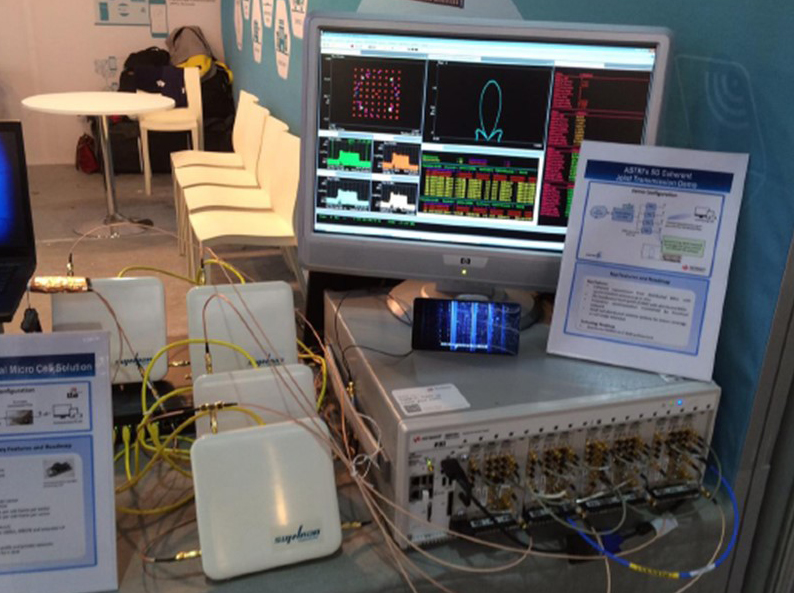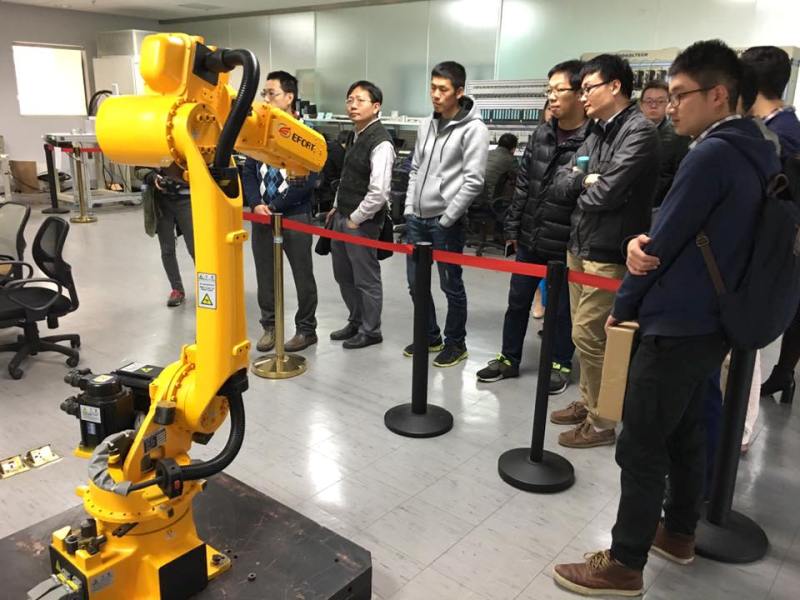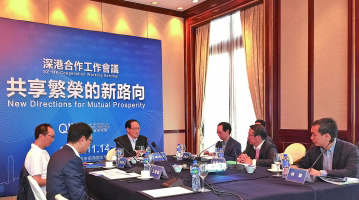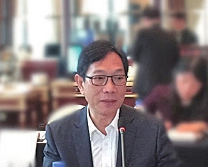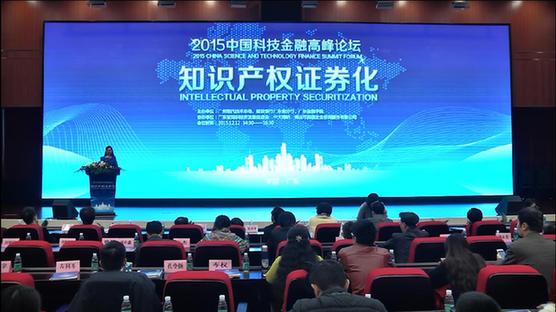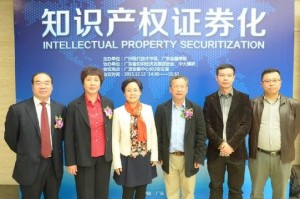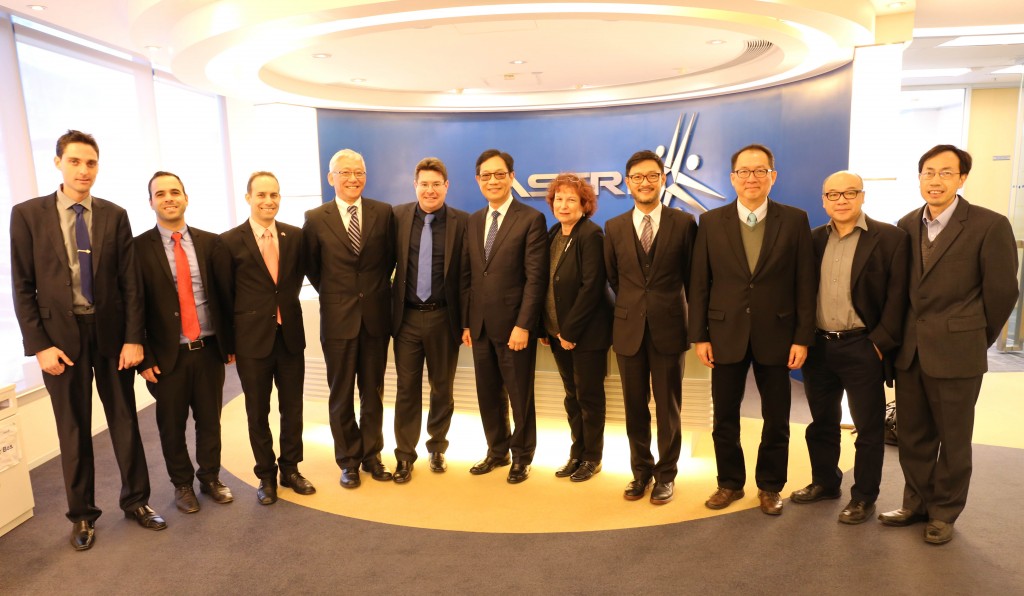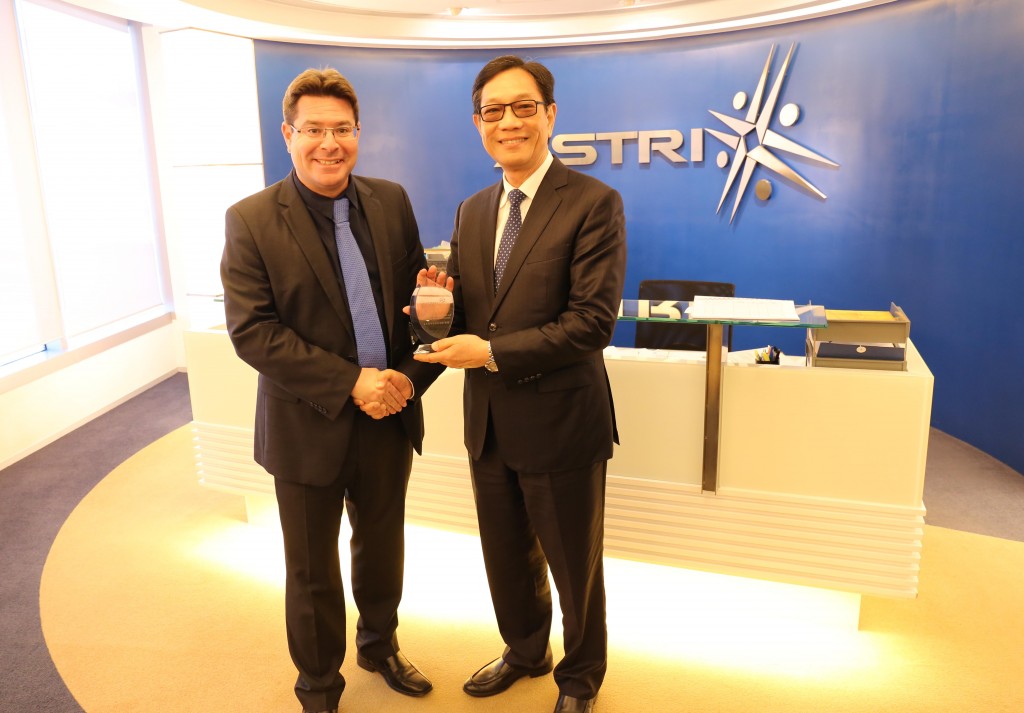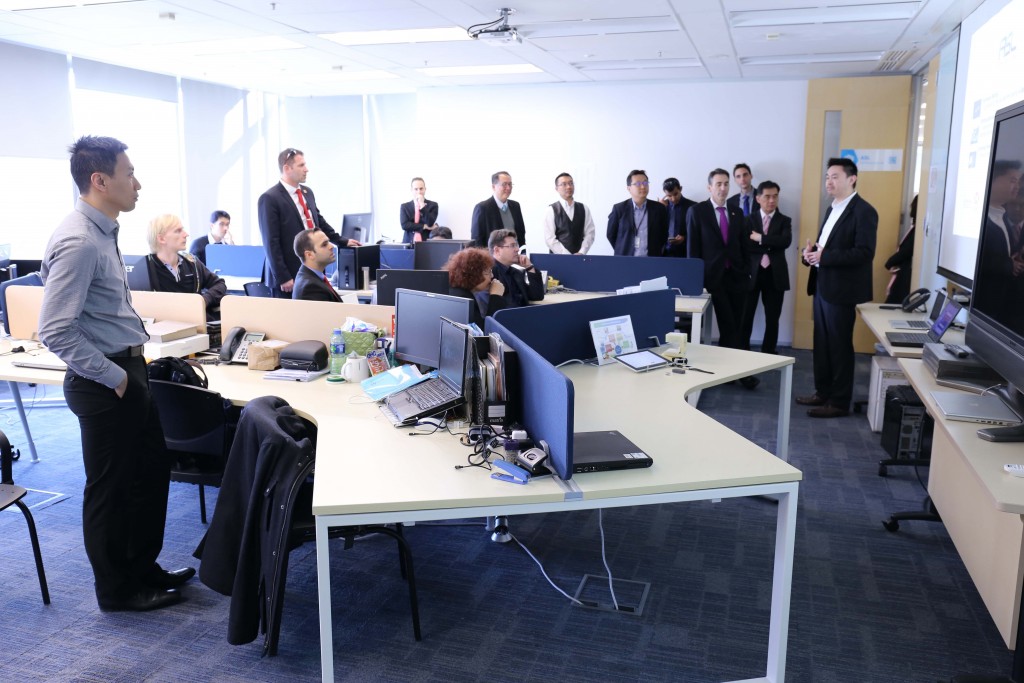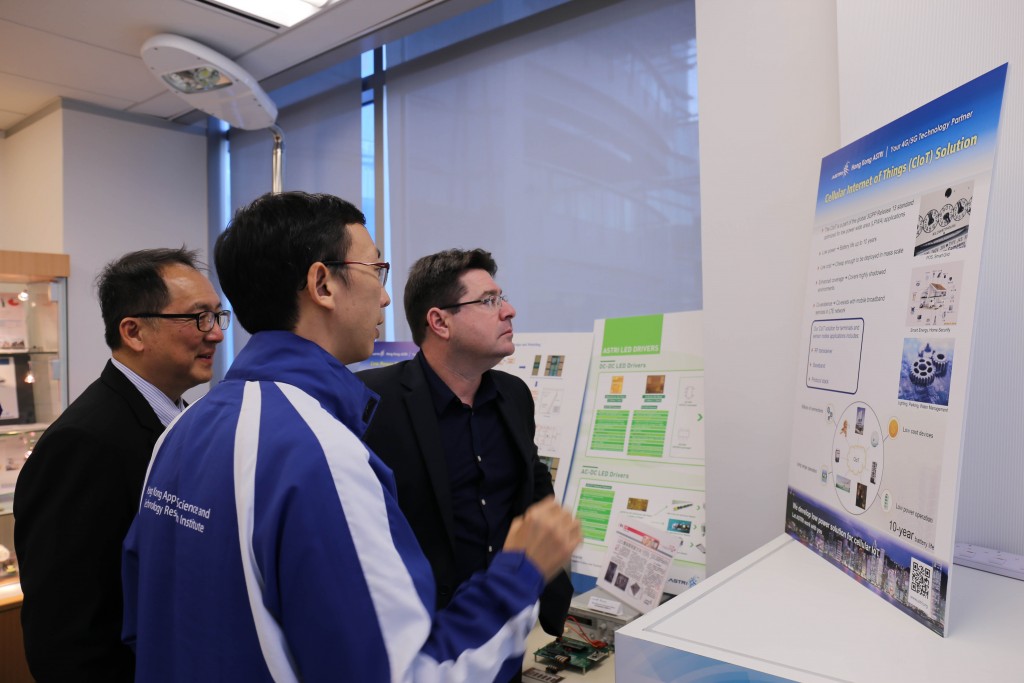(Hong Kong, 22 February 2016) Hong Kong Applied Science and Technology Research Institute (ASTRI) performs a live demonstration of its Device-to-Device Communications (D2D) solution with the world’s fifth mobile terminal manufacturer, TCL Communication at Mobile World Congress 2016 being held in Barcelona, Spain.
D2D is a next generation cellular communication paradigm allowing mobile devices to discover one another and to directly communicate with one another without transiting via the network. Such features allow D2D to be a foundation technology for 5G ultra-reliable low latency communication. Applications of D2D range from robust public safety communications to mobile marketing and entertainment. As D2D continues to evolve, future use cases include industry automation and local area high-definition multimedia streaming.
In this live demonstration, a D2D system is set up to perform multicast transmission and UE-to-UE (user-equipment to user-equipment) relaying. ASTRI’s D2D solution is based on 3GPP LTE Release 12/13 physical layer specifications with enhancements to support increased peak throughput and to enable dynamic source selection for UE-to-UE relaying. The demonstration exemplifies ASTRI’s expertise in wireless baseband solution development. With the software defined radio (SRD) platform and modularized baseband processing blocks, the solution can be further upgraded to support other forthcoming technologies such as 5G Vehicle-to-Everything communications (V2X).
ASTRI is actively engaged in 5G R&D with partners such as TCL Communication. ASTRI’s 5G R&D focus covers D2D/V2X solutions for enhancing reliability and reducing latency, ultra-dense network (UDN) algorithms and architecture, massive MIMO channel estimation and robust beamforming solutions, and opportunistic spectrum utilization schemes.
ASTRI has striven to develop LTE research since 2008 and has become a leader in LTE and LTE-Advanced small cell and terminal technologies, providing the first market-ready reference design for small cell and terminal baseband cores supporting both TD-LTE and LTE FDD. ASTRI’s LTE technologies have been employed in partners’ chips and system solutions serving public and private network markets. Its core technologies were successfully transferred to multiple companies.
The demonstration is carried out at the ALCATEL booth of TCL Communication (Hall 6, Stand 6B10) in MWC Barcelona, 2016, being held at Fira Gran Via, Barcelona, Spain, from 22 to 25 February 2016.
More partnership info between ASTRI and TCL Communication is available at http://finance.yahoo.com/news/tcl-communication-announces-shipment-figures-130300862.html

